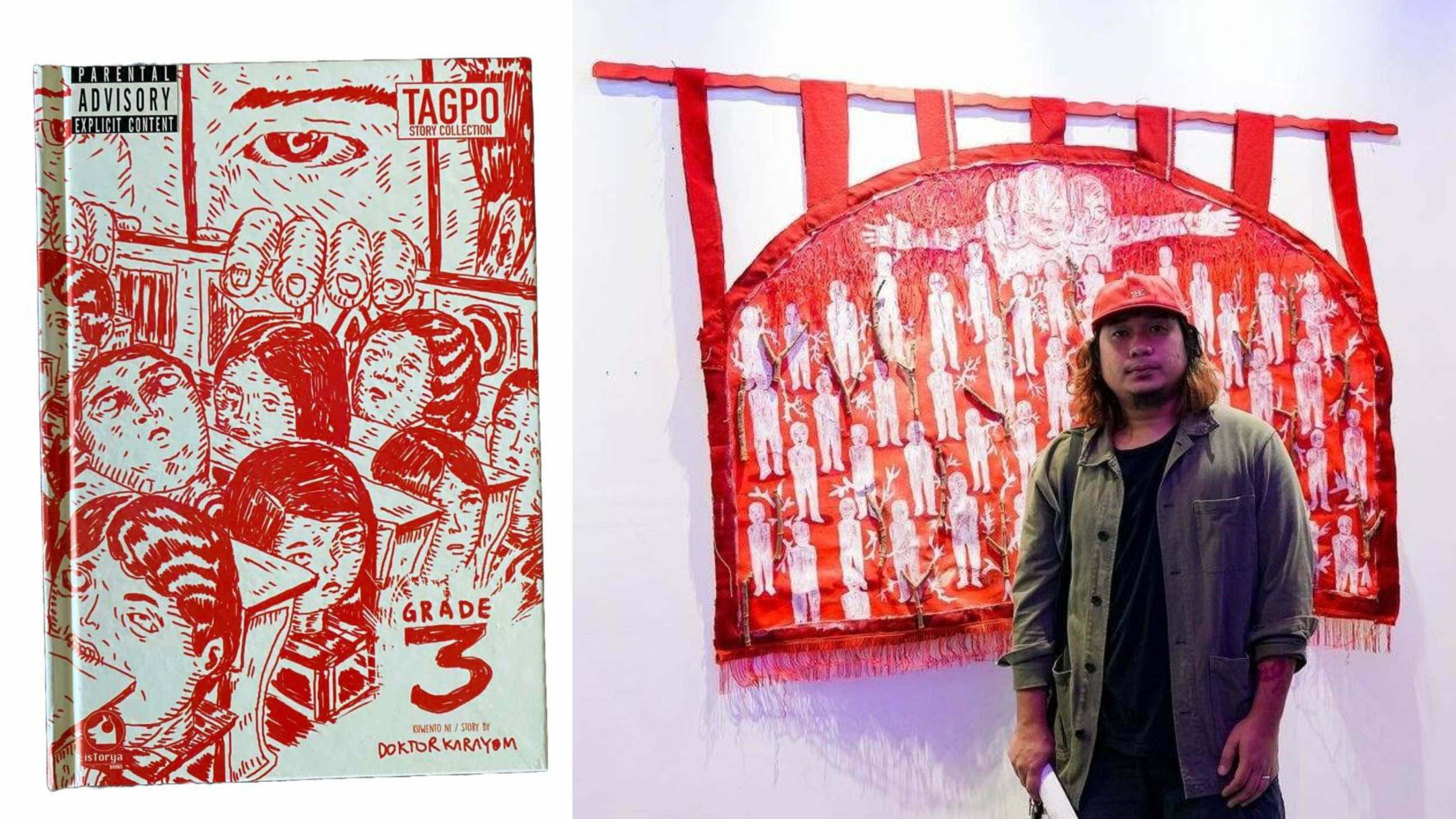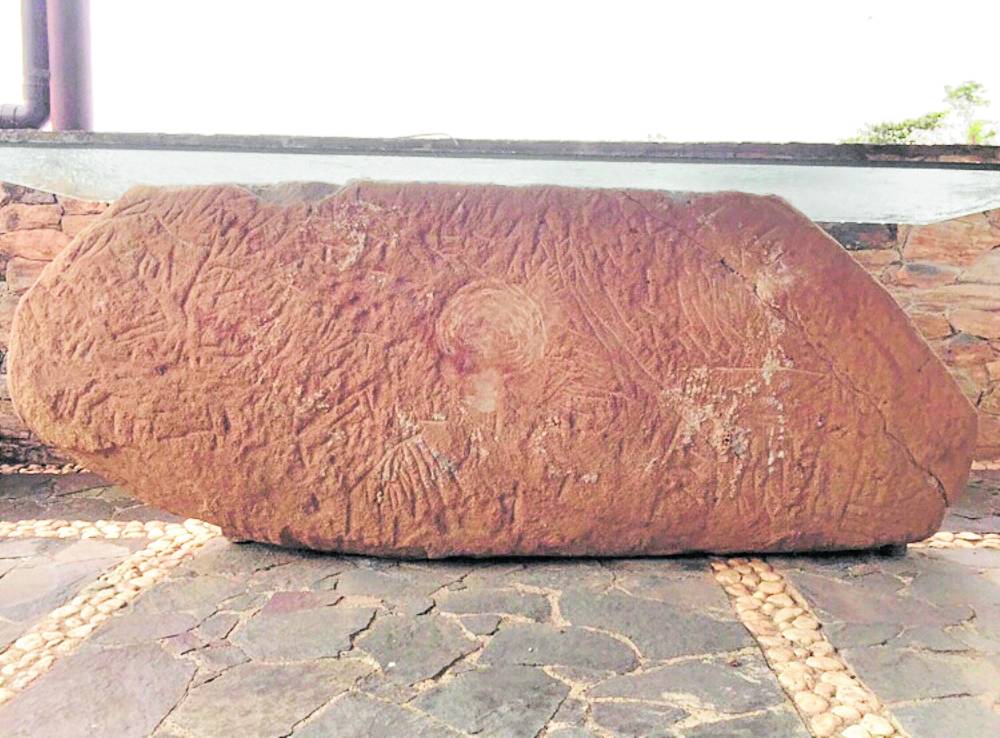
Found in many parts of the world, petroglyphs are considered ancient rock art that dates back thousands of years and is associated with cultural or religious activities.
These carvings or engravings on rock surfaces give clues on how humans lived at that time, and an enigma that are at times hard to decipher.
In the Philippines, there are two known ancient petroglyph sites. These are the Angono-Binangonan Petroglyphs in Rizal Province and the Alab Petroglyphs in Bontoc, Mountain Province, both declared National Cultural Treasure through Presidential Decree No. 260 in 1973.
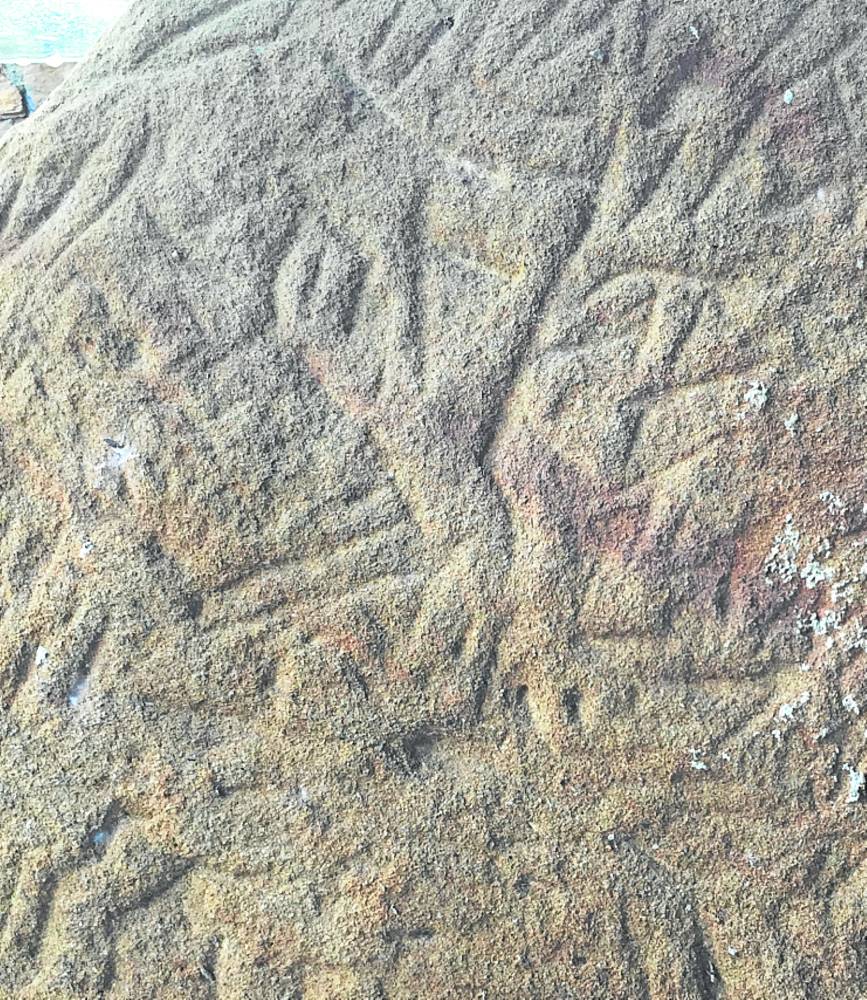
Also declared as such in the same declaration is the Besao Agricultural Calendar in Besao, Mountain Province, but this is much younger compared to the previous two.
The Rizal site dates probably to the late Neolithic Period (6,000 BC-2,000 BC), while that of Bontoc, carved on boulders on Data plateau, date to around 1,500 BC or later.
Known as the oldest work of art in the country, the Angono-Binangonan Petroglyphs, composed of anthropomorphic and zoomorphic figures, were engraved using crude tools, while those of Alab, about 200 geometrical drawings resembling female sex organs and associated with fertility, were made using metal implements.
These petroglyphs, together with the petrograph (rock drawing or painting) sites in the country, have been on the World Heritage Site Tentative List since 2006.
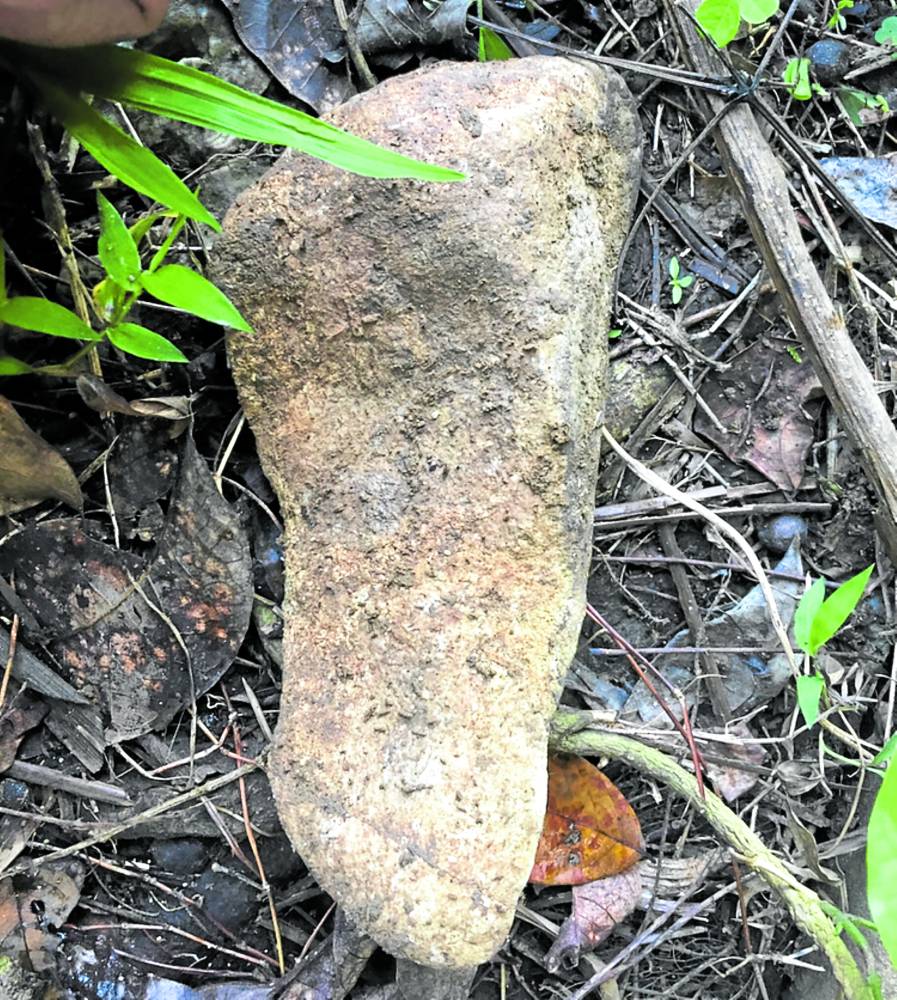
The United Nations Educational, Scientific and Cultural Organization (Unesco) notes that these “petroglyphs and petrographs are authentic, the sites being systematically excavated, documented and studied by the National Museum of the Philippines by a multidisciplinary team of archaeologists, anthropologists, geologist, botanists and zoologists, and have been recorded among rock art registers.”
These are nominated under Unesco selection criterion iii, which states that a nominated property should “bear a unique or at least exceptional testimony to a cultural tradition or to a civilization which is living or which has disappeared.”
Landmark discovery
A new important discovery, a site outside of Luzon, in one of the islands in the Visayas could just be another treasure of national or even international importance.
In 2008, rocks and boulders needed to be cleared when a house was being built on a promontory overlooking the coastal plains and nearby islands.Pieces of these rocks were used for riprap and house decorations, with one big piece converted into the base of a glass buffet table.
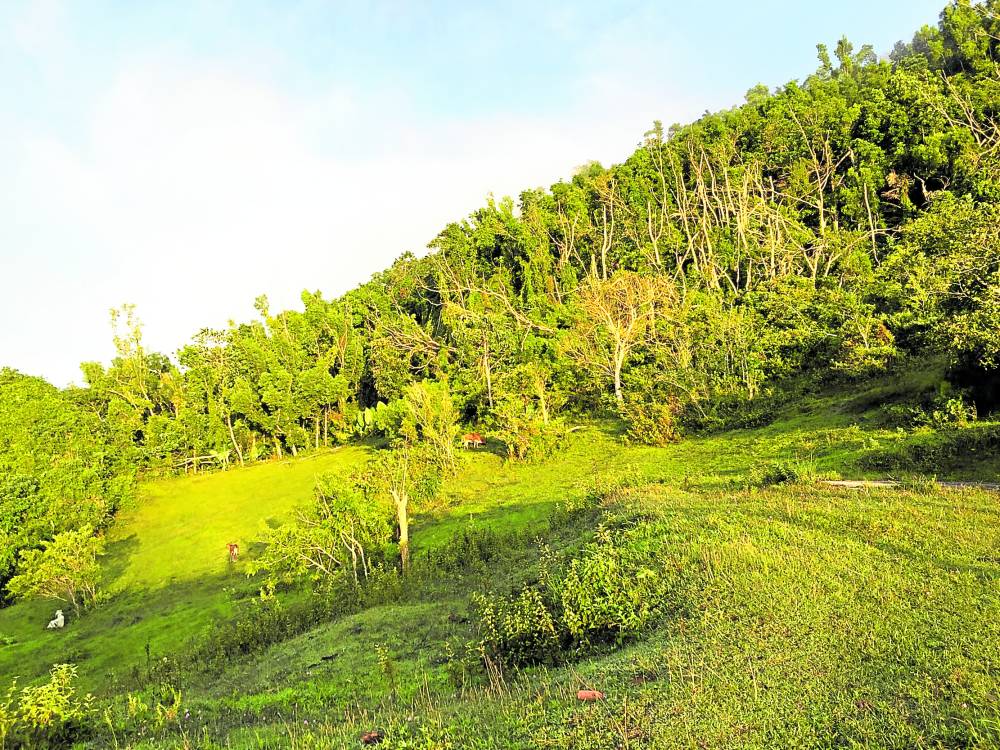
That one big piece may have been a discovery of a lifetime, although unknown to the workers and the property owner.
“I got interested in the boulder, first because of its shape, and I thought of making it a base of a glass countertop, in effect chopping off its top portion,” said the owner of the property, who requested not to be named.
“Then, I realized later when the table was already done that there are carvings on the other side of the boulder which were definitely manmade,” the owner added.
That discovery was made two years after the boulder was unearthed and converted into a table, which remains its purpose as of late.
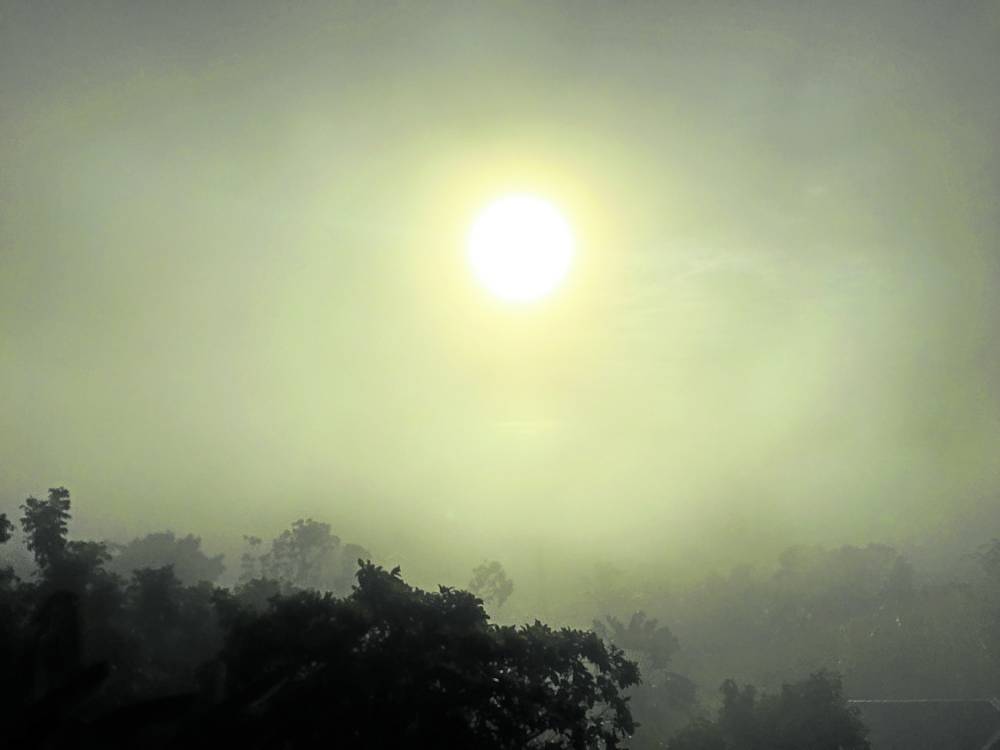
Startling details
A recent check by this writer on the petroglyphs reveal startling details which give possible clues on what the carved ensemble is all about, and the possible use of the area where it was discovered.
Largely abstract, the petroglyphs occupy one side of the sandstone boulder measuring 26 inches in height and 63 inches long, with a thickness of 16 inches.
It has a central circular figure which could be interpreted as the sun surrounded by random lines.
An astonishing feature is an image on its left portion resembling a person with hands raised towards the direction of the central figure.
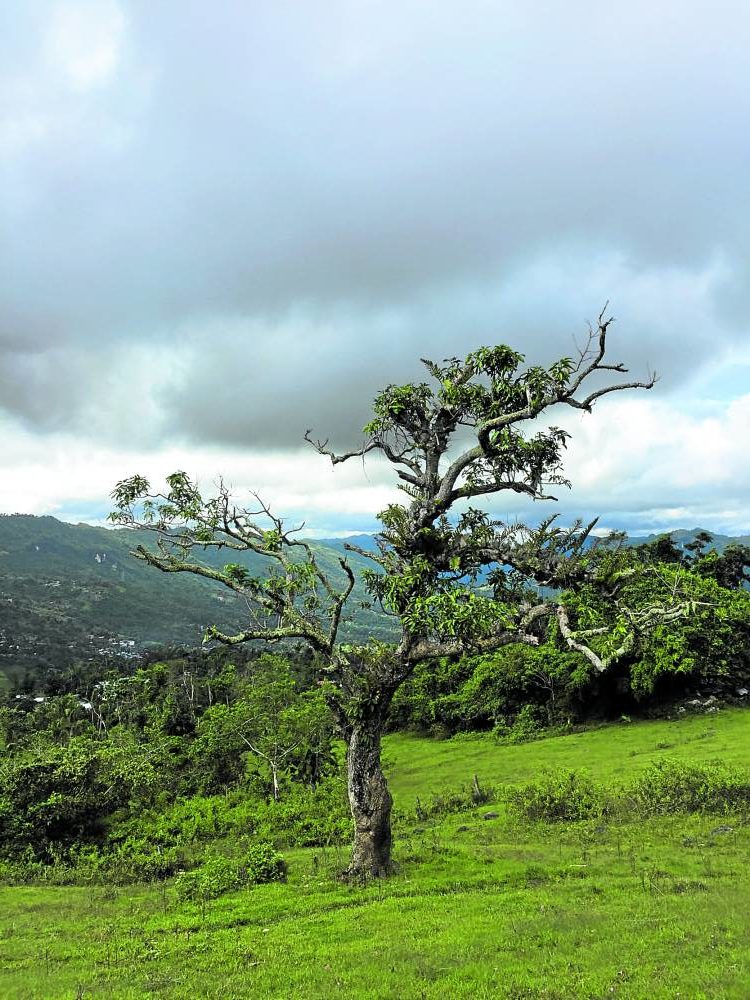
Both discernible images point to the idea of sun worship, or any rituals associated with the sun. This idea is supported by the fact that the area offers a commanding view of the rising sun, foregrounded by the flat coastal areas and nearby hills. Hence, the place is almost certainly an ancient ritual or religious site.
The standing image could represent a babaylan or spirit medium performing a ritual. In ancient Visayan society, a babaylan is either a male or female, or even those called asog or transvestites. Ancient Visayans were also known to worship the sun and the moon, particularly its new moon phase.
Another discovery
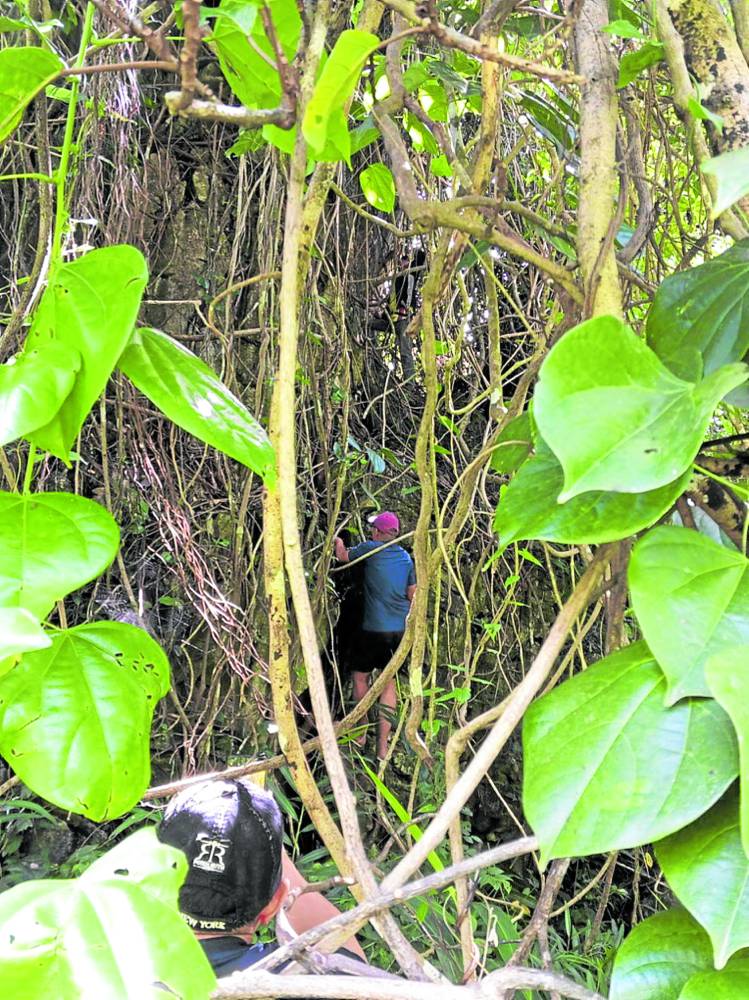
The surprises did not end there, as another discovery was made recently inside the same property. That discovery was a lithic, a possible stone tool partly buried at the base of a rocky outcrop.
This artifact was first thought to be a portion of a burial jar or part of a human skull. This latest discovery, which can be theoretically dated to the Neolithic Period, is a bit concave in shape with the other side resembling, most likely, a phallus. It also has a naturally smooth outer edge, and sharp edges except for the handle.
It was probably used by a left-handed person with a depressed portion for the thumb.
Apart from possibly being a ritual site, the area could also be a hunting ground, where the artifact was utilized either as a scraper for animal meat, to chop off fruits or vegetables, or to get the meat out of a fruit such as a coconut.
Subject to further inspection and analysis by experts, the artifacts, both of which are accidental finds, are planned to be exhibited by the property owner inside a museum.
Apart from these, several sandstone boulders unearthed inside the property have fossils of shells, indicating the marine set-up of the area thousands of years ago. —Contributed INQAuthor’s note: The exact location and the name of the property owner are purposely withheld pending further scientific investigations. An archaeologist will also be checking the artifacts this month.












